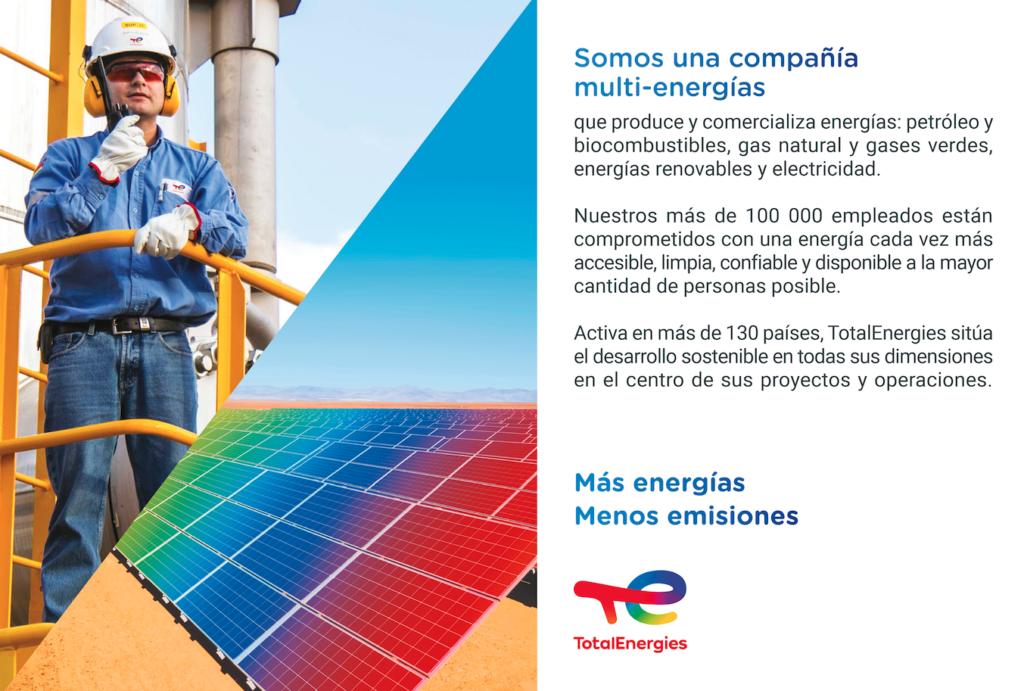While the Government asserts that the ethanol blend with gasoline at a 12% percentage has broad acceptance, an analyst argues that the governmental plan goes beyond this percentage and that none of the engines, out of the 3 million-plus vehicles in the country, are flexible engines and only accept 10 percent…
ISSUE 128 | 2024
UCOM MHE/ENERGÍABolivia
The established limit for the ethanol blend with gasoline is in the range of 10% to 12%, and it was perfectly assimilated by the Bolivian automotive fleet. Additionally, it has broad acceptance in the market, stated the Minister of Hydrocarbons and Energies, Franklin Molina Ortiz.
“It seems to me that there is an intention to transmit information in a biased manner about ethanol blends with gasoline,” said the authority, rejecting versions from parliamentarians and opposition analysts seeking to confuse the population with arguments that lack real basis.
He explained that the blends are authorized by Law 1098, of September 2018, which establishes blends of additives with fossil fuels. After conducting studies and tests, the blending limit was set at 12%, he added, and indicated that such processes are normal in other countries; for example, authorized blends in Brazil are at 25% and in Paraguay at 27%.
REDUCING DEPENDENCE ON FOSSIL FUELS
Regarding Decree 5135, the authority stated that it represents a significant step towards reducing dependence on fossil fuels and promoting environmentally friendly alternatives in the energy sector. The regulation allows the incorporation of vegetable-origin additives, such as biodiesel and ethanol, with fossil fuels, in a proportion of up to 25%, but clarified that this is not immediate.

“In relation to Decree 5135, the authority stated that it represents a significant step towards reducing dependence on fossil fuels and promoting environmentally friendly alternatives…”

The authority also emphasized that any percentage higher than 12% will be subject to technical studies and tests conducted by YPFB. He recalled that, currently, the national market has different types of gasoline, including special plus gasoline, premium plus gasoline, and super ethanol gasoline, all with a blend of up to 12% and widely accepted in the national market.
Regarding incentives for the use of flex fuel vehicles, Molina stated that the regulation seeks to promote the use of vehicles that can operate with higher ethanol blends (85% ethanol), offering tax and tariff incentives to stimulate their adoption in the market.
NEITHER ETHANOL NOR BIODIESEL
According to Carlos Alberto Poveda, former Engineering Manager at Petrobras Bolivia, none of the biodiesel plants in El Alto, Buena Ventura, and Santa Cruz, which aim to reduce at least the importation of this fuel, have the raw material to substitute approximately 22% of the demand by 2030, and the operation of the three would entail an expenditure of 700 million dollars that also do not exist, besides the ecological disaster they are causing through the expansion of the agricultural frontier with the aim of increasing the production of “green matter,” directed towards biodiesel production.
In this logic, he said that bolstering biodiesel production in Bolivia as well as ethanol production to complement the 12% in the automotive fuel is a complicated endeavor. He also said that the Government owes 40 million dollars for the supply of anhydrous alcohol for this purpose, knowing that, in addition, there is the governmental idea not only to mix 12% but to increase it to 15% when none of the engines of the 3 million-plus vehicles in the country are flexible engines and only accept 10 percent. Poveda ensures that neither alcohol nor biodiesel will properly enter the country’s energy matrix, and even worse, neither will electric energy.
